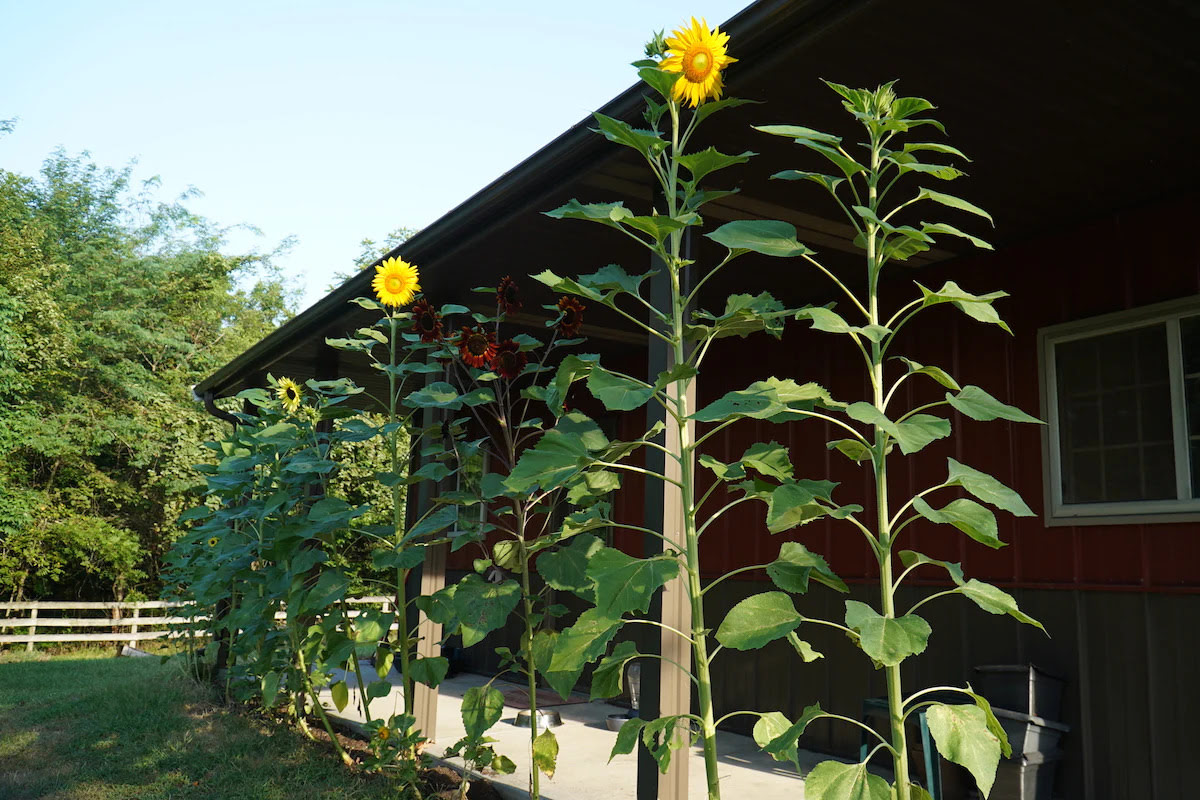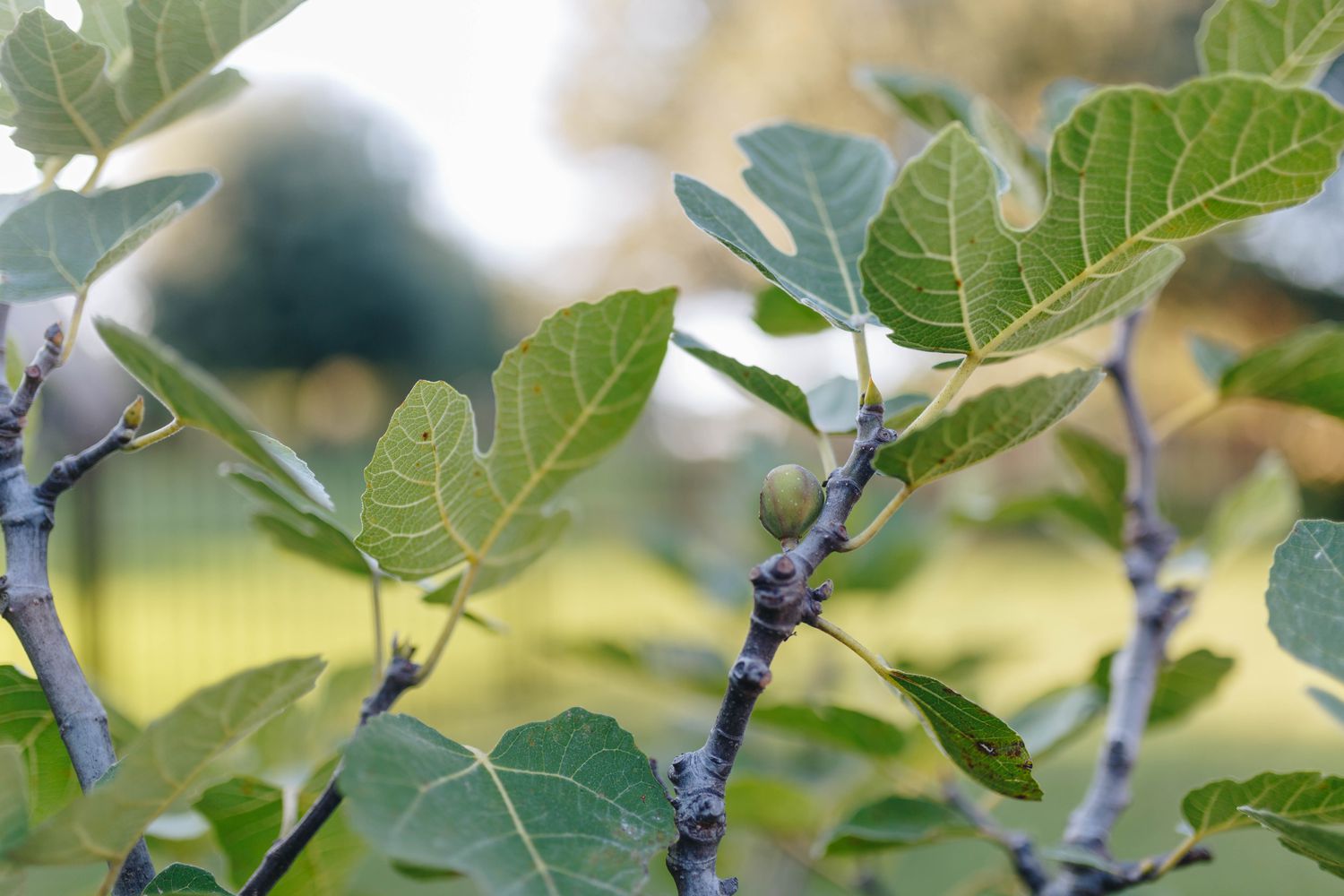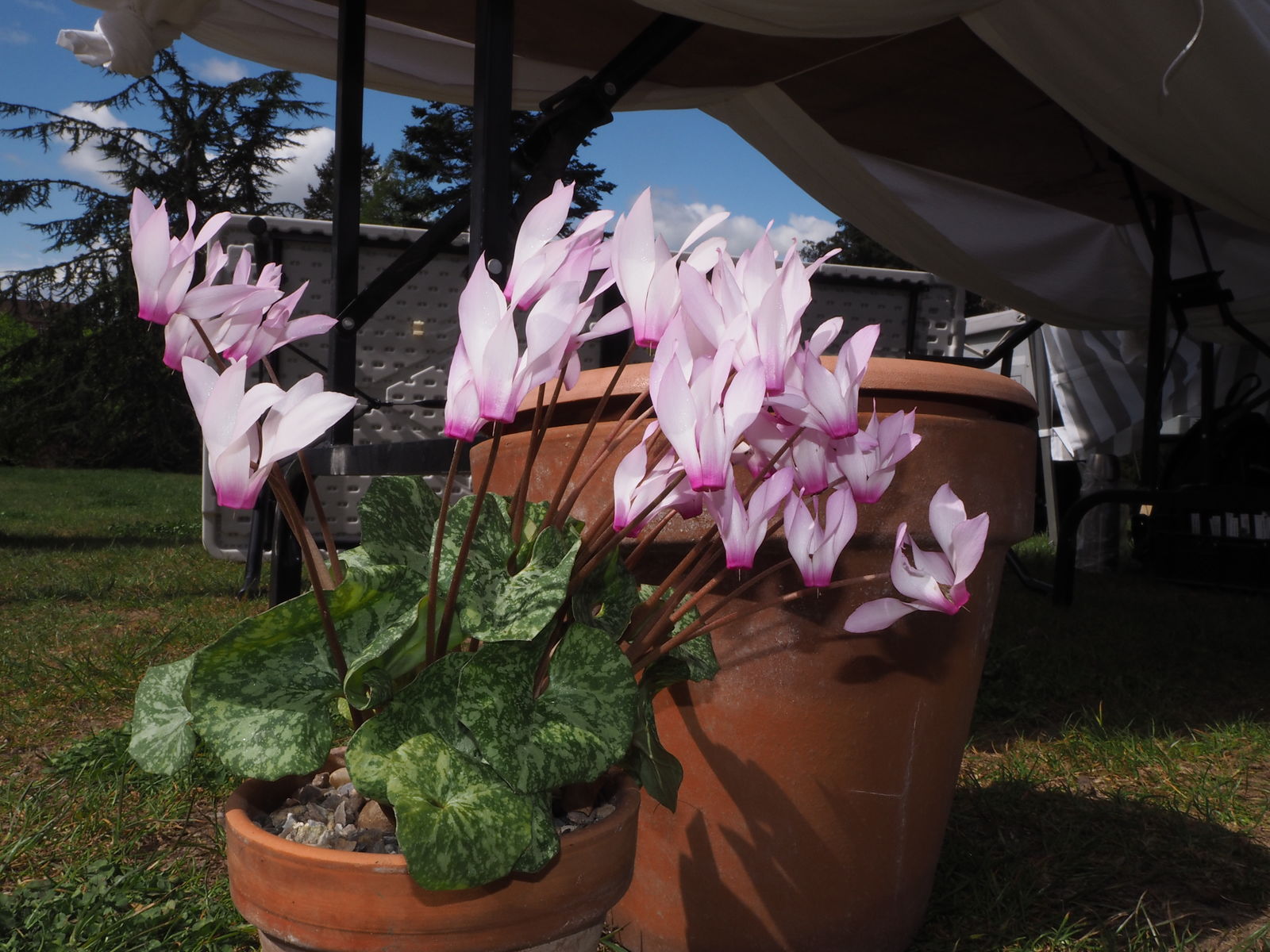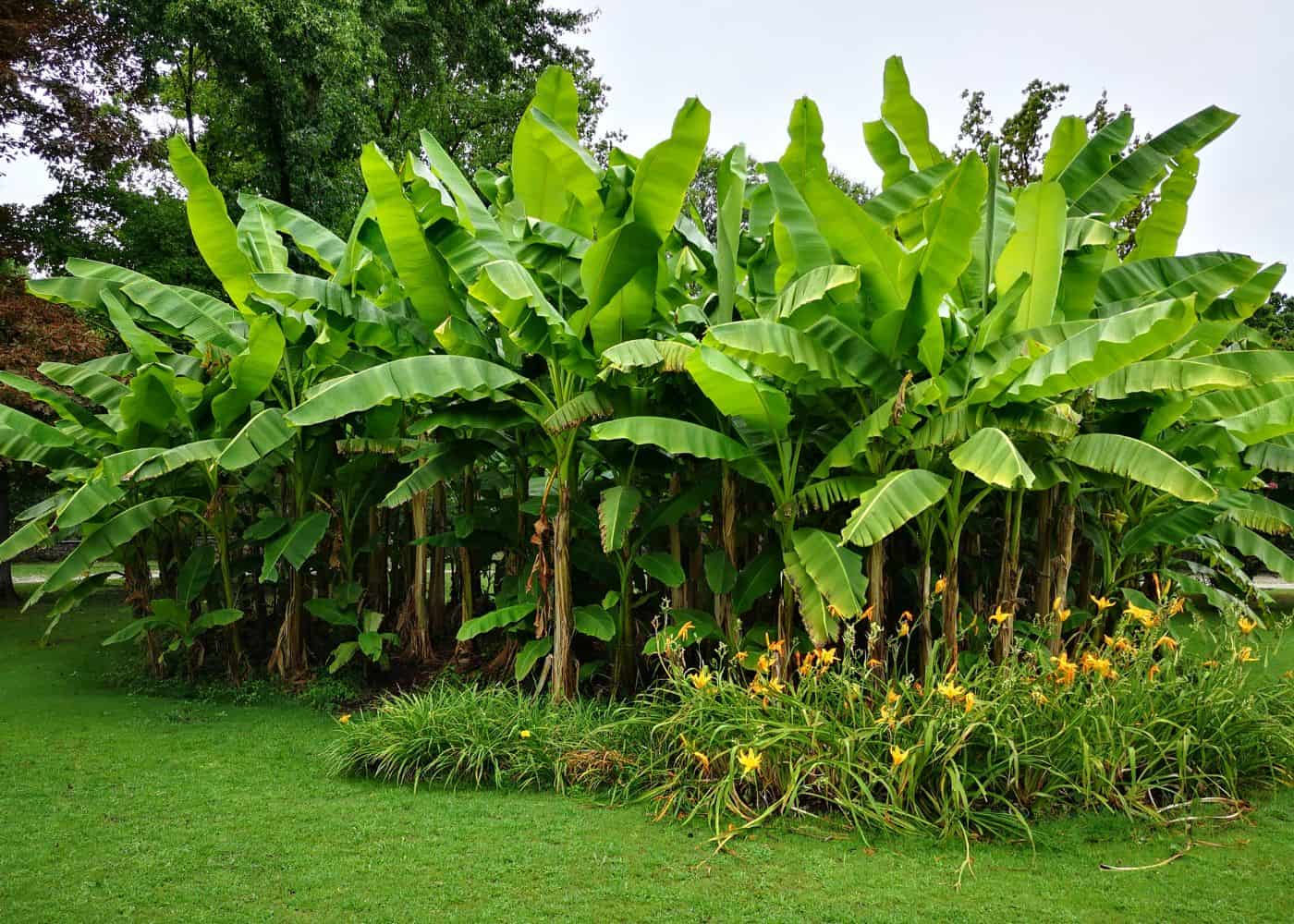Home>Types of Gardening>Ornamental Gardening>How To Grow Tall Sunflowers


Ornamental Gardening
How To Grow Tall Sunflowers
Modified: January 22, 2024
Learn the secrets of growing tall sunflowers in your ornamental garden with our expert tips and techniques. Enhance your garden's beauty with these stunning and majestic flowers. Discover how to achieve impressive sunflower heights today!
(Many of the links in this article redirect to a specific reviewed product. Your purchase of these products through affiliate links helps to generate commission for Chicagolandgardening.com, at no extra cost. Learn more)
Table of Contents
Introduction
Welcome to the enchanting world of growing tall sunflowers! Whether you are an avid gardener or a novice enthusiast, the journey of cultivating these majestic blooms is both rewarding and awe-inspiring. Sunflowers, with their vibrant petals and towering heights, have the remarkable ability to uplift spirits and add a touch of radiance to any garden landscape. In this comprehensive guide, we will delve into the art of nurturing tall sunflowers, from selecting the perfect variety to harvesting their bountiful seeds.
As you embark on this horticultural adventure, envision the joy of witnessing these resilient flowers stretch towards the sky, following the sun's gentle arc throughout the day. The process of tending to sunflowers offers a unique opportunity to connect with nature and experience the gratifying evolution of a seed into a towering botanical marvel.
Throughout this guide, we will explore the essential steps and considerations for cultivating tall sunflowers, including the selection of the ideal variety, the significance of choosing the perfect location, soil preparation, planting techniques, nurturing practices, support methods, pest and disease management, and the rewarding experience of harvesting sunflower seeds. By understanding and implementing these fundamental aspects, you will be well-equipped to foster the growth of magnificent sunflowers that stand tall and proud in your garden.
Join us as we unravel the secrets of cultivating these sun-kissed giants, and embark on a journey filled with growth, beauty, and the simple pleasures of nurturing nature's most radiant blooms. Let's dive into the world of tall sunflowers and unlock the wonders of ornamental gardening together.
Choosing the Right Sunflower Variety
When venturing into the realm of growing tall sunflowers, the first crucial decision revolves around selecting the right variety to cultivate in your garden. Sunflowers come in an array of sizes, colors, and petal formations, each possessing its own unique charm and appeal. Before delving into the specifics of individual varieties, consider the ultimate purpose of your sunflower cultivation. Are you aiming to create a striking visual display, harvest an abundance of seeds, or both?
If your goal is to create a visually stunning spectacle, consider planting the towering Russian Giant sunflowers, which can reach staggering heights of 12 feet or more. These colossal blooms, with their golden petals and dark centers, are a sight to behold and can effortlessly captivate onlookers with their grandeur. For a more compact yet equally captivating option, the Velvet Queen variety is a splendid choice, boasting rich burgundy petals that gradually transition to a velvety amber hue.
On the other hand, if your focus is on reaping a plentiful harvest of sunflower seeds, the Mammoth Russian variety is an excellent candidate. These sunflowers yield large, nutrient-rich seeds that are perfect for snacking or incorporating into various culinary endeavors. Additionally, the Skyscraper sunflowers, known for their robust stalks and copious seed production, are a practical choice for those seeking a bountiful harvest.
Furthermore, for a diverse and visually striking sunflower display, consider planting a mix of varieties, such as the Lemon Queen, Autumn Beauty, and Evening Sun. This approach can yield a captivating tapestry of sunflower blooms, each contributing its own unique color palette to the overall aesthetic of your garden.
By carefully considering your preferences and objectives, you can select the ideal sunflower variety that aligns with your gardening aspirations, whether they involve creating a visually stunning landscape or harvesting an abundance of nutrient-dense seeds. The diverse array of sunflower varieties ensures that there is a perfect bloom for every gardener, each contributing its own charm to the natural tapestry of your garden.
Selecting the Ideal Location
Choosing the perfect location for cultivating tall sunflowers is a pivotal aspect of ensuring their optimal growth and development. Sunflowers are renowned for their affinity towards sunlight, as they exhibit heliotropic behavior, meaning they track the sun’s movement throughout the day. Therefore, when selecting a location for planting sunflowers, prioritize areas that receive ample sunlight, preferably a minimum of 6 to 8 hours of direct sunlight daily.
Before designating a specific spot in your garden, take note of the surrounding landscape and structures. Sunflowers thrive in open spaces with minimal obstructions, as they require ample room to stretch their roots and bask in the sun’s nourishing rays. Avoid planting sunflowers in the shadow of tall trees or buildings, as this can impede their access to sunlight and hinder their growth potential.
Additionally, consider the environmental conditions of your chosen location, particularly the prevalence of strong winds. While sunflowers are resilient plants, excessively windy conditions can pose a threat to their tall, slender stalks. To mitigate this risk, select a location that offers some protection from strong winds, such as positioning them near a fence or utilizing natural windbreaks within your garden landscape.
Furthermore, the quality of the soil in your chosen location is of utmost importance. Sunflowers thrive in well-drained, nutrient-rich soil, so assess the soil composition and drainage capabilities of the area. If the soil is compacted or lacks adequate drainage, consider amending it with organic matter, such as compost or well-rotted manure, to enhance its fertility and structure.
By carefully evaluating these factors and selecting a location that prioritizes sunlight exposure, minimal obstructions, wind protection, and soil quality, you can lay the foundation for a thriving sunflower haven. The ideal location will provide your sunflowers with the essential elements they need to flourish, ensuring that they stand tall and vibrant, embodying the essence of natural beauty in your garden.
Preparing the Soil
Creating a conducive environment for the successful growth of tall sunflowers begins with the preparation of the soil. Sunflowers thrive in well-drained, nutrient-rich soil that provides a solid foundation for their robust root systems and overall vitality. Before planting your sunflower seeds, it is essential to assess the existing soil conditions and take the necessary steps to optimize its quality.
Start by testing the soil pH to determine its acidity or alkalinity levels. Sunflowers prefer a slightly acidic to neutral pH range of 6.0 to 7.5. If the soil pH deviates from this range, amend it accordingly using organic materials or soil additives to achieve the optimal pH for sunflower cultivation.
Next, focus on enhancing the soil’s fertility and structure by incorporating organic matter. Well-rotted compost, aged manure, or organic soil amendments can significantly improve the soil’s nutrient content and texture, promoting favorable conditions for robust sunflower growth. Work the organic matter into the soil to a depth of at least 12 inches, ensuring that it is evenly distributed and thoroughly integrated with the existing soil.
While preparing the soil, take into account the importance of adequate drainage. Sunflowers are susceptible to root rot and other moisture-related issues in waterlogged soil. If the chosen planting area exhibits poor drainage, consider implementing measures to improve its permeability, such as creating raised beds or incorporating coarse sand or perlite into the soil to enhance its drainage capabilities.
Additionally, consider the incorporation of a balanced fertilizer to provide essential nutrients for the initial stages of sunflower growth. A granular fertilizer with a balanced N-P-K (nitrogen, phosphorus, and potassium) ratio can help kickstart the sunflowers’ development, promoting healthy foliage and robust root establishment.
By meticulously preparing the soil to meet the specific needs of sunflowers, you lay the groundwork for a flourishing garden filled with tall, resilient sunflowers. The enriched soil serves as a nurturing medium that supports the growth and vitality of these magnificent blooms, setting the stage for a vibrant and thriving sunflower haven.
Planting Sunflower Seeds
As you embark on the exciting journey of planting sunflowers, the method and timing of sowing the seeds play a pivotal role in nurturing their growth from the initial stages. Sunflowers are remarkably resilient and adaptable, making them relatively easy to cultivate from seeds. To ensure the successful germination and development of your sunflowers, it is essential to adhere to certain guidelines and best practices when planting the seeds.
Before planting, consider the timing based on your local climate and the specific sunflower variety. Sunflowers thrive in warm weather and require ample sunlight to flourish, so it is advisable to plant the seeds after the last frost date has passed and the soil temperature consistently reaches 55°F (13°C) or higher. This typically aligns with the transition to late spring or early summer, providing an optimal environment for seed germination and subsequent growth.
When selecting the planting site, ensure that it aligns with the sunflowers’ sunlight requirements, offering full sun exposure for the majority of the day. Sunflowers exhibit heliotropic behavior, meaning they orient themselves to face the sun, emphasizing the significance of ample sunlight for their overall development.
The planting depth for sunflower seeds is typically around 1 to 1.5 inches (2.5 to 3.8 cm), with a spacing of 6 to 12 inches (15 to 30 cm) between each seed, depending on the specific variety’s growth habits. If planting multiple rows of sunflowers, maintain a distance of 20 to 30 inches (51 to 76 cm) between each row to allow for adequate airflow and room for the plants to thrive without overcrowding.
Once the seeds are in place, gently cover them with soil and ensure firm but not compacted soil contact to facilitate proper germination. Water the planting area thoroughly, and continue to keep the soil consistently moist but not waterlogged during the germination period, typically spanning 7 to 10 days.
By adhering to these guidelines and best practices for planting sunflower seeds, you set the stage for the successful germination and early growth of these resilient blooms. The careful attention to timing, sunlight exposure, planting depth, and spacing ensures that your sunflowers have the best possible start, laying the foundation for their remarkable journey from seeds to towering botanical marvels.
Watering and Fertilizing
Proper watering and fertilization practices are essential components of nurturing tall sunflowers and promoting their robust growth and vitality throughout their lifecycle. By understanding the specific watering needs and the strategic application of fertilizers, you can provide your sunflowers with the essential resources they require to thrive and reach their full potential.
Watering plays a critical role in sustaining the health and vigor of sunflowers, particularly during their initial stages of growth. After planting the sunflower seeds, it is crucial to keep the soil consistently moist but not waterlogged to facilitate germination. As the seedlings emerge and develop, gradually transition to a regular watering schedule, aiming to provide approximately 1 inch (2.5 cm) of water per week, either through rainfall or supplemental irrigation.
When watering sunflowers, focus on delivering the water directly to the base of the plants, aiming to keep the foliage dry to minimize the risk of fungal diseases. Additionally, be mindful of the soil moisture levels during periods of intense heat or drought, as sunflowers are relatively resilient but benefit from adequate hydration to support their growth and blooming phases.
In conjunction with proper watering, the strategic application of fertilizers can further enhance the sunflowers’ development and overall health. As the sunflowers transition from the seedling stage to robust growth, consider applying a balanced, all-purpose fertilizer around the base of the plants. A granular fertilizer with a balanced N-P-K (nitrogen, phosphorus, and potassium) ratio can provide the essential nutrients necessary for strong root development, healthy foliage, and robust flower production.
It is important to follow the fertilizer manufacturer’s guidelines regarding application rates and frequency, ensuring that you do not over-fertilize the sunflowers, which can lead to excessive foliage growth at the expense of flower production. Additionally, consider incorporating organic fertilizers, such as compost tea or well-rotted manure, to supplement the soil with natural nutrients and promote the long-term health of the sunflowers.
By incorporating a balanced approach to watering and fertilizing, you can provide your sunflowers with the optimal conditions for vigorous growth and prolific blooming. These fundamental practices contribute to the overall well-being of the sunflowers, ensuring that they stand tall and radiant, embodying the essence of natural beauty within your garden landscape.
Supporting Tall Sunflowers
As tall sunflowers reach for the sky, providing adequate support becomes essential to ensure their stability and prevent potential damage from strong winds or heavy rain. Supporting these towering botanical marvels not only safeguards their structural integrity but also enhances the visual appeal of your garden landscape, creating a captivating display of vibrant blooms standing proudly amidst the greenery.
One effective method of supporting tall sunflowers is through the use of sturdy stakes or poles. When the sunflowers reach a height of 12 to 18 inches (30 to 46 cm), carefully insert a durable stake into the ground near the base of each plant, taking care to avoid damaging the roots. Secure the sunflower stalk to the stake using soft, flexible ties or garden twine, allowing for gentle movement and growth while providing essential support.
Alternatively, consider utilizing decorative trellises or ornamental structures to lend both support and aesthetic appeal to your tall sunflowers. These visually appealing supports can accentuate the natural beauty of the sunflowers while offering a reliable framework for the plants to lean on during their upward growth. Choose trellises that complement your garden’s overall design, adding a touch of elegance to the sunflower bed.
For a more natural approach, interplanting sunflowers with sturdy, upright companion plants, such as tall ornamental grasses or robust perennials, can provide mutual support and create a harmonious, visually striking ensemble. The neighboring plants act as natural windbreaks and lend structural reinforcement to the sunflowers, fostering a cohesive and resilient garden ecosystem.
When supporting tall sunflowers, it is essential to monitor their growth and adjust the supports as needed, especially during periods of rapid vertical expansion. Regularly inspect the ties, stakes, or trellises to ensure they remain secure and accommodate the sunflowers’ increasing height without causing constriction or damage to the stems.
By implementing these supportive measures, you not only safeguard the structural integrity of your tall sunflowers but also contribute to the overall visual impact of your garden. The combination of reliable support structures and the natural splendor of the sunflowers creates a captivating and harmonious garden landscape, where these majestic blooms stand tall and proud, embodying the essence of natural beauty and resilience.
Protecting from Pests and Diseases
As you nurture your tall sunflowers, it is essential to safeguard them from potential threats posed by pests and diseases, ensuring that they can thrive and flourish without the impediments of harmful infestations or debilitating illnesses. By adopting proactive measures and maintaining vigilance, you can effectively protect your sunflowers and preserve their health and vitality throughout their growth cycle.
One common pest that can pose a threat to sunflowers is the sunflower moth, whose larvae feed on the developing seeds within the flower heads. To mitigate this risk, consider inspecting the sunflower heads regularly and promptly removing any infested or damaged seeds. Additionally, employing pheromone traps can help reduce the moth population and minimize their impact on the sunflowers.
Aphids, small sap-sucking insects, are another potential nuisance for sunflowers. These pests can distort new growth and transmit viral diseases. To deter aphids, introduce natural predators such as ladybugs or lacewings, which feed on these tiny pests. Alternatively, a strong blast of water from a garden hose can dislodge aphids from the sunflower plants, reducing their numbers and minimizing damage.
When it comes to diseases, sunflowers are susceptible to fungal infections such as downy mildew and powdery mildew, which can thrive in humid conditions. To prevent these diseases, ensure proper air circulation around the sunflowers by providing adequate spacing between plants. Additionally, avoid overhead watering, as wet foliage can create a conducive environment for fungal growth. Instead, water the plants at the base to minimize moisture on the leaves and stems.
Another effective preventive measure against diseases involves selecting disease-resistant sunflower varieties that exhibit natural resilience to common fungal infections. By choosing resistant cultivars, you can significantly reduce the risk of disease development and minimize the need for extensive intervention or chemical treatments.
Regular monitoring of the sunflowers for signs of pest infestations or disease symptoms is crucial for early detection and prompt intervention. By promptly addressing any issues, you can effectively mitigate the impact of pests and diseases, preserving the health and vigor of your tall sunflowers as they reach for the sun and bloom in all their radiant splendor.
Harvesting Sunflower Seeds
The culmination of nurturing tall sunflowers is the rewarding process of harvesting their bountiful seeds, a practice that not only yields a valuable and versatile crop but also signifies the completion of the sunflowers’ life cycle. Harvesting sunflower seeds involves a series of carefully timed steps to ensure optimal seed maturity, quality, and flavor, offering a gratifying experience for gardeners and a rich bounty of nutritious seeds for various culinary and snacking purposes.
As the sunflower heads mature and the petals begin to dry and wilt, signaling the transition to the seed development stage, it is essential to monitor the heads for signs of readiness for harvest. The back of the sunflower heads will turn from green to a yellow or brown hue, and the seeds will appear plump and tightly packed, indicating their maturity.
To harvest sunflower seeds, begin by cutting the flower heads from the stalks, leaving several inches of stem attached to each head. Lay the harvested heads in a warm, well-ventilated area to dry further, allowing the seeds to fully mature and the moisture content to reduce. This curing process typically takes 1 to 2 weeks, during which the seeds continue to develop and the flower heads gradually dry out.
Once the heads have dried sufficiently, the seeds can be extracted by rubbing them gently with your hand or a stiff brush, allowing the seeds to loosen and fall away from the head. Alternatively, you can place the sunflower heads in a large, breathable container and gently shake them to release the seeds, capturing the seeds as they dislodge from the heads.
After extracting the seeds, it is advisable to winnow them to remove any remaining plant debris or chaff. This can be achieved by pouring the seeds from one container to another in front of a light breeze or using a fan to blow away the lighter debris, leaving behind the clean, intact sunflower seeds.
Once the seeds are cleaned and fully dried, they can be stored in airtight containers in a cool, dry location, preserving their freshness and quality for future use. Whether utilized for roasting, snacking, or incorporating into culinary creations, the harvested sunflower seeds represent the culmination of your dedicated efforts in nurturing these magnificent blooms.
The process of harvesting sunflower seeds not only provides a tangible yield but also symbolizes the cycle of growth, fruition, and renewal that unfolds within the garden. It serves as a testament to the resilience and abundance of nature, offering a rich and satisfying harvest that celebrates the beauty and vitality of tall sunflowers.
Conclusion
Embarking on the journey of cultivating tall sunflowers is a testament to the profound beauty and resilience of nature, offering a captivating experience that intertwines horticultural expertise with the simple pleasures of nurturing vibrant botanical marvels. From the initial selection of the perfect sunflower variety to the gratifying process of harvesting their abundant seeds, every stage of tending to tall sunflowers is imbued with a sense of wonder and fulfillment.
As you immerse yourself in the art of ornamental gardening, the towering presence of sunflowers serves as a poignant reminder of the harmony and vitality that thrives within the natural world. Their vibrant blooms and steadfast demeanor symbolize the enduring spirit of growth and the timeless allure of the botanical realm.
By carefully tending to the needs of tall sunflowers, from providing the ideal sunlight exposure and well-prepared soil to ensuring adequate support and protection from pests and diseases, you have embarked on a journey that celebrates the essence of nurturing life and witnessing the miraculous transformation of a seed into a towering botanical spectacle.
As the sunflowers stand tall in your garden, their majestic presence not only enriches the visual tapestry of your outdoor space but also fosters a deeper connection to the rhythms of nature. The process of cultivating tall sunflowers is a testament to the enduring cycle of growth, the resilience of plant life, and the inherent beauty that flourishes within the garden landscape.
Whether you seek to create a striking visual display, harvest an abundance of nutrient-rich seeds, or simply revel in the sheer magnificence of these radiant blooms, the journey of nurturing tall sunflowers is a testament to the profound joy and fulfillment found in ornamental gardening.
As you continue to tend to your garden and cultivate the natural wonders within, may the presence of tall sunflowers serve as a constant reminder of the enduring beauty and resilience that permeate the world of ornamental gardening, enriching your life with every radiant bloom and flourishing garden landscape.










